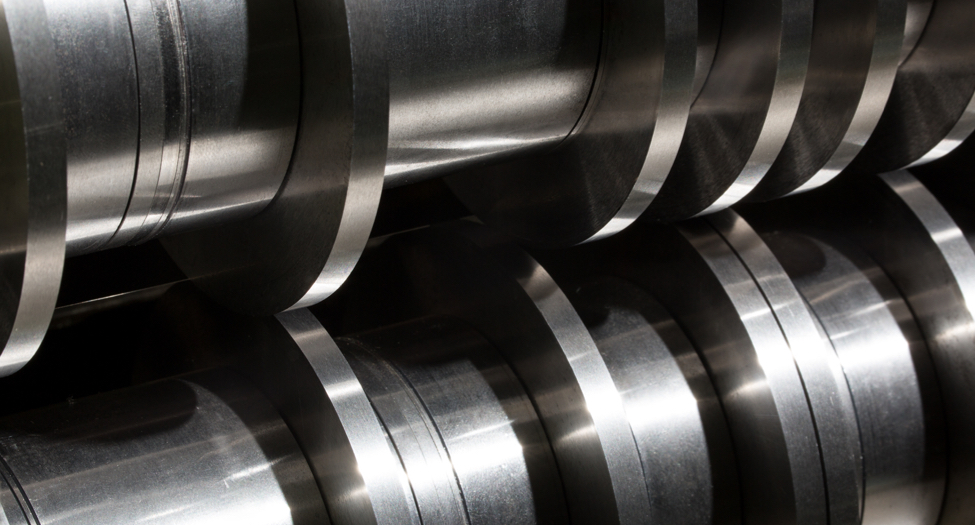News - 05.20.2019
Carving out the Future of Manufacturing Our Laser Technology
The process of building new in-line laser technology from the ground up

 Ian John
Ian John
About two years ago, we formed the idea for an in-line laser that would process parts directly from a coil. It’s taken about 12 months to manufacture, but the machine is nearing completion.
The construction of this machine has taken up the bulk of my work for the past year, and I’m excited about the opportunities it will present for us and our customers in the US and Europe. We weren’t doing anything like this previously, and no one else is either.
The advantage to having an in-line laser direct from coil is that it will create an automated, streamlined process. At the moment, most laser cutting is done on an individual sheet, with sheets being loaded into the machine one at a time. With our new machinery, the material is coming straight from the coil, passing through the laser and exiting as a sheet on the other end.
The in-line laser will open new opportunities for Datum, as well as simplify processes for our customers. In much of the SMT industry, our existing customers cut holes in the edges of sheets themselves. Now, we’re able to do that for them in a much more efficient process. It reduces the amount of processing and eases automation.
The process of creating this machinery has been challenging, to say the least.
When we first approached an engineering company we know about the idea, we naively thought we would order a machine and they would build it – simple as that. We’re now two years down the road of an extremely testing development project that has seen numerous ups and downs and has probably tried everybody’s patience, both ours and theirs. The gantry had to be built in house from titanium to meet the weight criteria, the granite bed is from Europe and we trialled 2 laser sources (one from Germany, the other from the US) and 3 or 4 heads.
The machine build was initially completed in April 2018. Since then we’ve been making technical improvements to the machine’s operation while trying to fulfill (actually we have been fulfilling) customer orders. The biggest challenges have been moving the material (web) through the machine without scratching, keeping it flat while the laser cuts, achieving the target processing speed while maintaining dimensional accuracy and minimizing burr on the cut parts. Fortunately Datum is very experienced in the material handling side of things. The last 12 months have essentially been cycles of production that have been useful in identifying where improvements are needed followed by periods of downtime to make the necessary changes.
We are now at the point where we have a reliable machine that meets target speeds and dimensional tolerance (at least for the product we’ve been manufacturing). As we near final sign-off, our last task is to do everything we can think of to “break” the machine. Basically, we want to find all the possible faults. Which could just be switching the machine on and off in every scenario of which we can think.
Our final challenge will be ensuring the quality we want and our customers expect every time. When you cut parts and holes, there is often a burn on the edge of the hole. We want to improve both cut quality to minimize the burn, and cut accuracy for which we have testing and trial plans in place.
We have two of these machines on order. The first will be shipped to the US, where the majority of the SMT industry who will benefit from this machinery lies. The second will stay in the UK. We see opportunities for improvement in the second machine already and look forward to incorporating those into upcoming iterations.